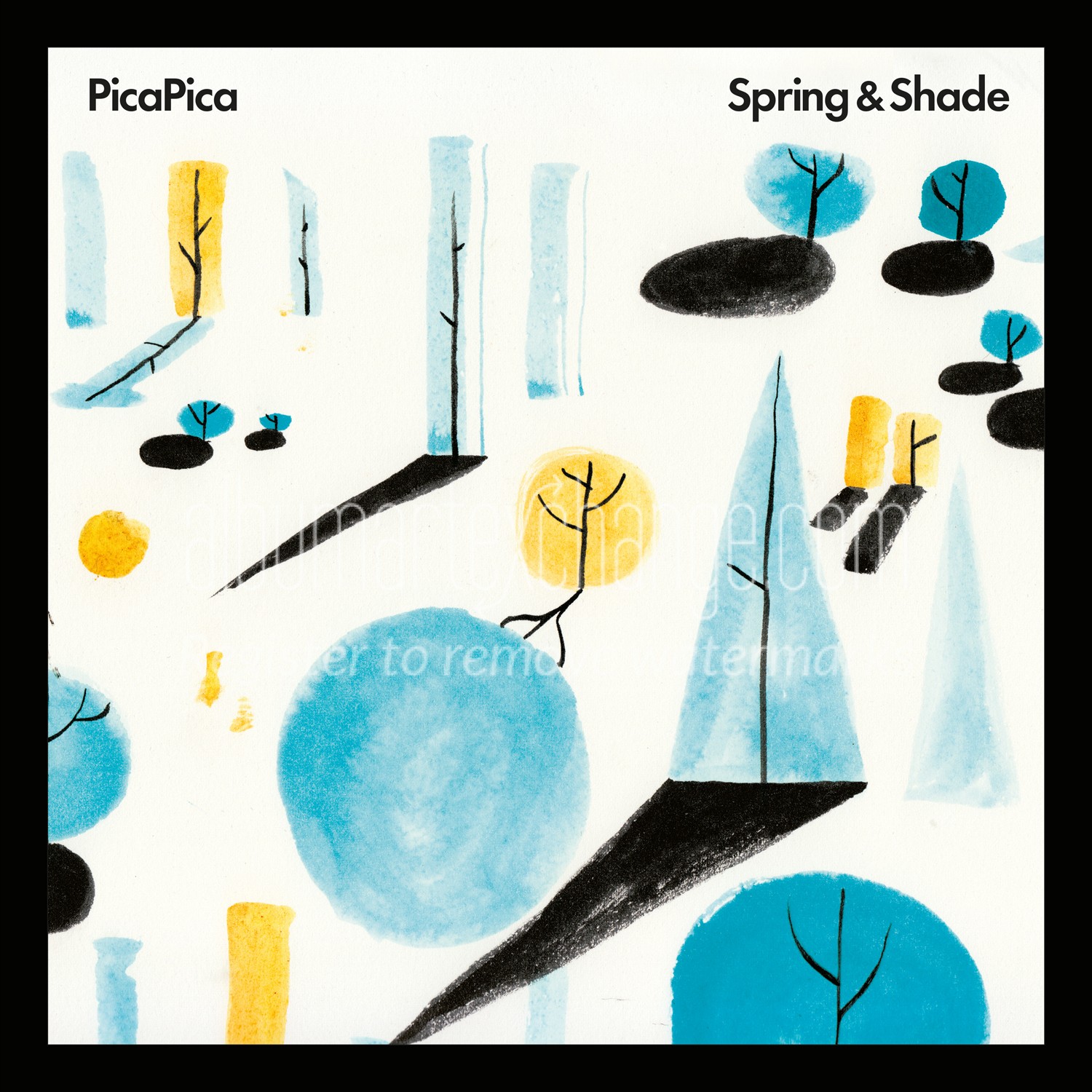
From Wikipedia, the free encyclopedia
Pica is the craving or consumption of objects that are not normally intended to be consumed. It is classified as an eating disorder but can also be the result of an existing mental disorder. The ingested or craved substance may be biological, natural, or manmade. The term was drawn directly from the medieval Latin word for magpie, a bird subject to much folklore regarding its opportunistic feeding behaviors.
According to the Diagnostic and Statistical Manual of Mental Disorders, 5th Edition (DSM-5), pica as a standalone eating disorder must persist for more than one month at an age when eating such objects is considered developmentally inappropriate, not part of culturally sanctioned practice, and sufficiently severe to warrant clinical attention. Pica may lead to intoxication in children, which can result in an impairment of both physical and mental development. In addition, it can cause surgical emergencies to address intestinal obstructions, as well as more subtle symptoms such as nutritional deficiencies and parasitosis. Pica has been linked to other mental disorders. Stressors such as psychological trauma, maternal deprivation, family issues, parental neglect, pregnancy, and a disorganized family structure are risk factors for pica.
Pica is most commonly seen in pregnant women, small children, and people who may have developmental disabilities such as autism. Children eating painted plaster containing lead may develop brain damage from lead poisoning. A similar risk exists from eating soil near roads that existed before the phase-out of tetraethyllead or that were sprayed with oil (to settle dust) contaminated by toxic PCBs or dioxin. In addition to poisoning, a much greater risk exists of gastrointestinal obstruction or tearing in the stomach. Another risk of eating soil is the ingestion of animal feces and accompanying parasites. Cases of severe bacterial infections occurrence (leptospirosis) in patients diagnosed with pica have also been reported. Pica can also be found in animals such as dogs and cats.
Disclaimer/Legal Notice: While we do not hold the copyright to the image itself, this file is property of Album Art Exchange recreated under the Fair Use doctrine and as a licensed agent by the Copyright holders. Access to these images is contingent upon your agreement to limit their use to that of your own PRIVATE, PERSONAL and Non-Commercial usage. This also means that you agree that you may not post these images online or otherwise distribute these images ANYWHERE else. Should any copyright owner object to their album artwork being made available on this web site, please contact us at admin@albumartexchange.com to let me know which images you wish to have us remove.

No comments for this album art.